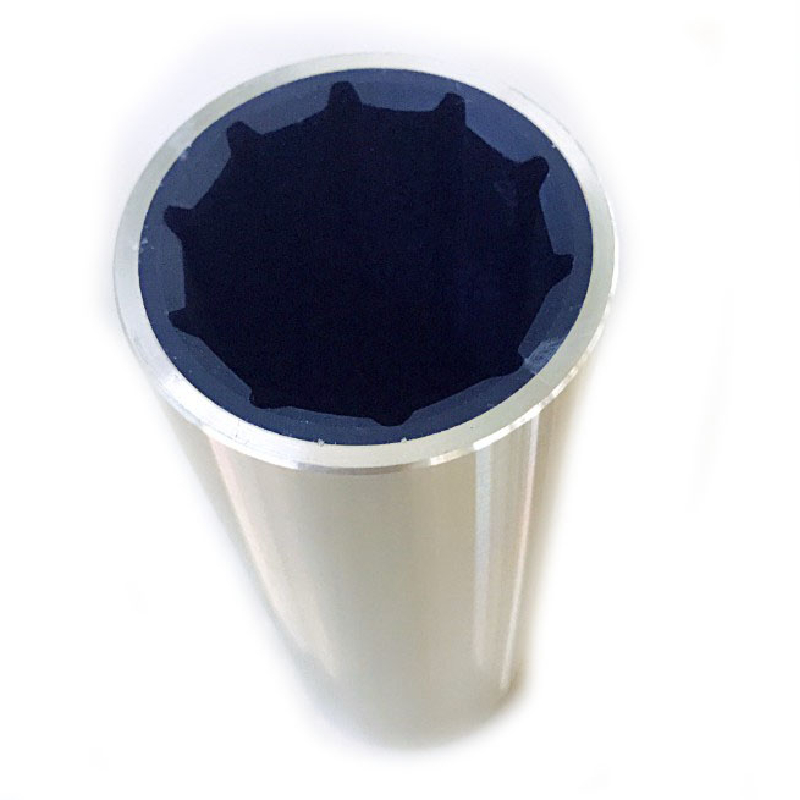Exploring Different Types of Oil Seals and Their Applications in Various Industries
Understanding the Types of Oil Seals A Comprehensive Guide
Oil seals, often referred to as shaft seals, play a critical role in various mechanical systems. They are designed to prevent the leakage of lubricants and to keep contaminants like dirt and dust out of components that require lubrication. Understanding the different types of oil seals is essential for choosing the right one for specific applications, whether in automotive, industrial machinery, or household appliances.
1. Types of Oil Seals
Oil seals come in various types, each tailored for specific uses. Here are some common types
- Single Lip Seals These seals consist of a single sealing lip that contacts the rotating shaft. They are widely used for applications where the potential for leakage is low and are ideal for moderate speeds and pressures.
- Double Lip Seals As the name suggests, double lip seals have two sealing lips. This design offers enhanced sealing capabilities and is more effective in preventing contamination and leakage, making it suitable for harsher environments.
- Spring Energized Seals These seals use a spring fitted behind the sealing lip to apply pressure against the shaft. This ensures a tighter seal, accommodating shaft movement and wear. They are commonly employed in high-performance applications or where temperatures and pressures fluctuate significantly.
- Balanced and Unbalanced Seals Balanced seals are designed to provide equal pressure distribution across the seal lip, reducing wear and extending seal life. Unbalanced seals, on the other hand, allow for more flexibility in design and are often used in less critical applications.
- Rotary Shaft Seals Specifically designed for rotating shafts, these seals are widely found in automotive applications, such as in engines and transmissions. They are engineered to withstand high speeds and varying temperatures.
- Flanged Seals Flanged seals include a lip that fits into a groove on the mounting surface, securing the seal in place and providing improved stability during operation. These are often used in applications where axial movement is a concern.
types of oil seals

- Labyrinth Seals Although they do not create a complete seal, labyrinth seals use a series of grooves and ridges to create a barrier against contaminants. They are commonly seen in applications where space is limited, and ease of maintenance is essential.
2
. Materials Used in Oil SealsThe material of the oil seal plays a crucial role in its performance and durability. Common materials include
- Nitrile Rubber (NBR) Known for its good oil resistance, NBR is one of the most widely used materials in oil seals. It works effectively at temperatures ranging from -40°C to 120°C.
- Fluoroelastomer (FKM) Offering superior heat and chemical resistance, FKM is used in high-temperature applications. It is ideal for agricultural machinery and heavy-duty vehicles.
- Polyurethane This material is often used for seals requiring both flexibility and robustness, particularly where high wear and environmental exposure are a factor.
3. Selecting the Right Oil Seal
Choosing the correct oil seal involves understanding the application conditions. Factors such as operating temperature, pressure, shaft size, and the type of lubricant used all influence the decision. Before selecting an oil seal, it is crucial to thoroughly assess these parameters to ensure optimal performance and longevity.
Conclusion
In summary, oil seals are vital components that ensure the efficient operation of machinery by preventing leaks and contamination. Understanding the various types and materials of oil seals will help in selecting the right one for any specific application, thereby enhancing operational reliability and reducing maintenance costs. Whether in automotive applications or industrial processes, the proper oil seal can make all the difference in performance and durability.
-
Understanding Automotive Oil Seals: Essential Components for Engine and Shaft Protection
News Jul.30,2025
-
The Importance of Heavy Duty Seals in Industrial and Residential Applications
News Jul.30,2025
-
Exploring Industrial Oil Seals: From Felt Oil Seals to TTO and CFW Solutions
News Jul.30,2025
-
Essential Guide to Oil Seals: From Radial to Metal-Cased Seals for Industrial Reliability
News Jul.30,2025
-
Choosing the Right Oil Seals and Gaskets for Industrial and Automotive Applications
News Jul.30,2025
-
Cassette Seals: Durable Sealing Solutions for Harsh Environments
News Jul.30,2025
-
Understanding the Front Main Engine Seal: Purpose, Maintenance, and Installation
News Jul.29,2025
Products categories















